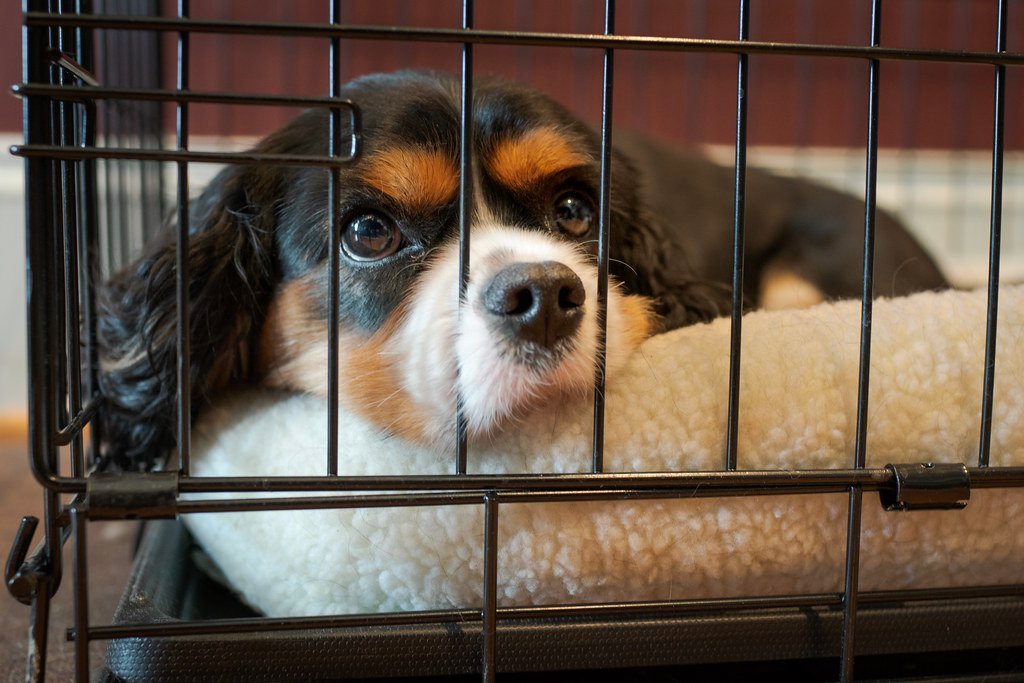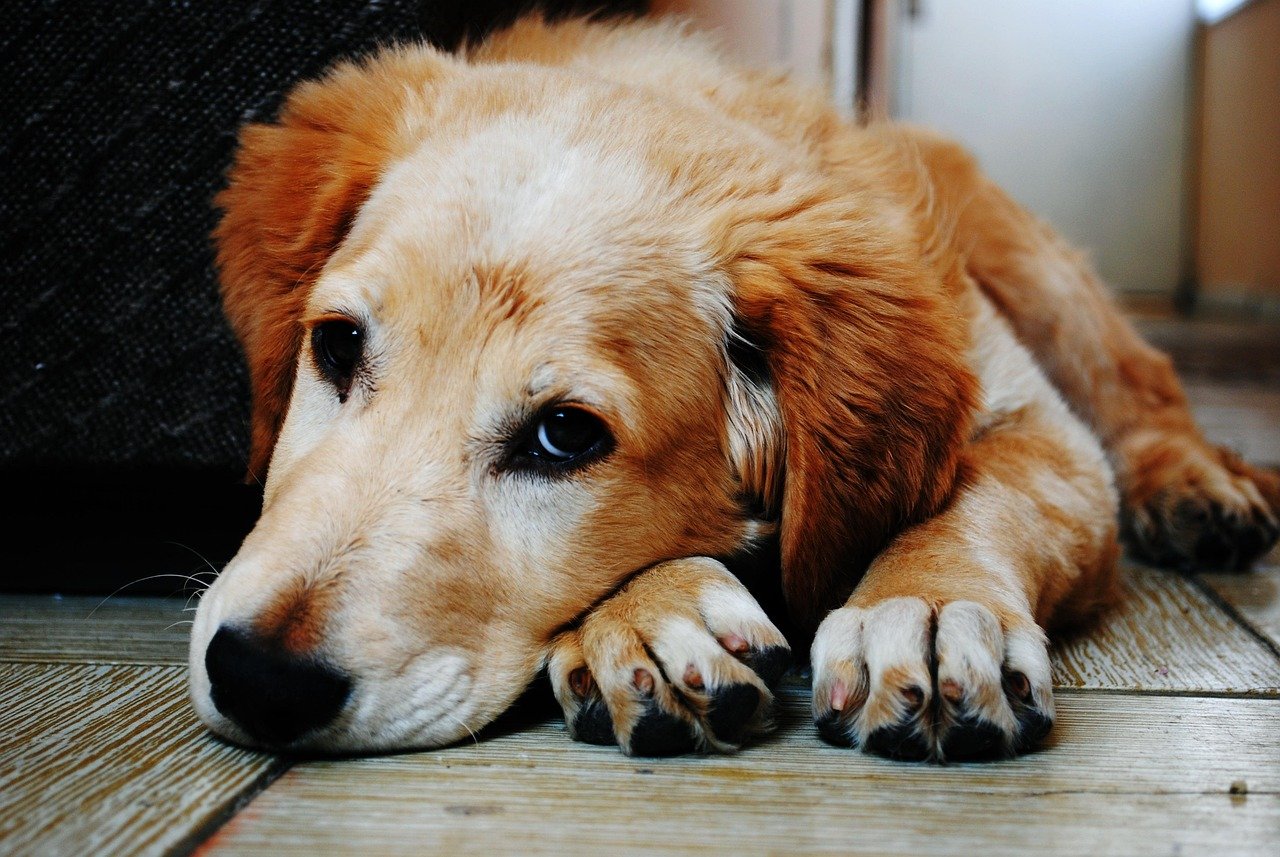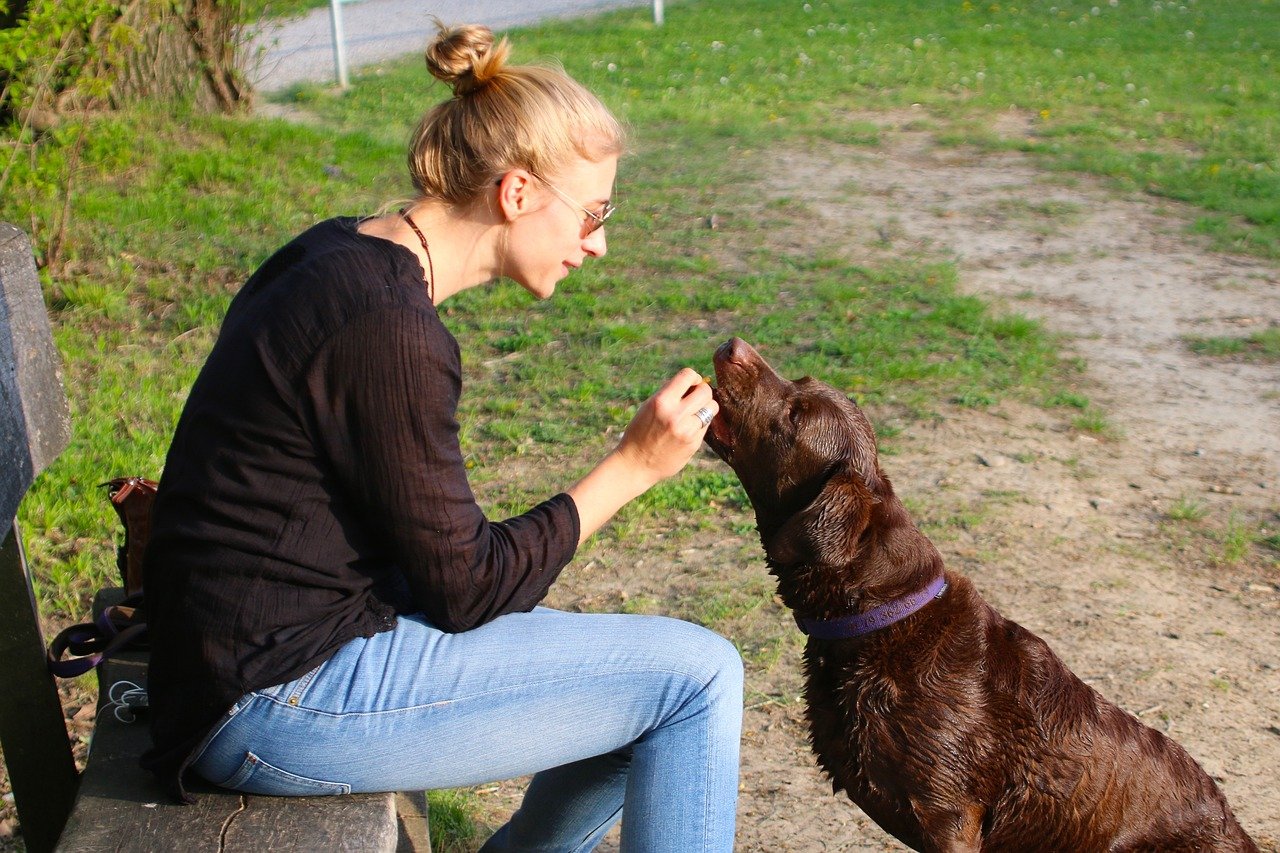Have you ever walked into the room, excited to see your dog, only to be hit by the unmistakable smell of a fresh mess in the crate? It’s frustrating, baffling, and—let’s be honest—a little heartbreaking. You want your pup to be happy and healthy, and you certainly don’t want them feeling uncomfortable or ashamed. If you’re at your wits’ end, wondering why your dog keeps pooping in their crate and how to finally put a stop to it, you’re not alone. So many dog lovers have faced this exact challenge. The good news? With a little patience, understanding, and the right approach, you can help your furry companion break this messy habit and turn their crate into a cozy, accident-free haven.
Understanding Why Dogs Poop in Their Crates

Before jumping to solutions, it’s important to understand what’s really going on. Dogs don’t usually enjoy soiling their sleeping area; it goes against their natural instincts. If your dog is pooping in their crate, it signals that something isn’t quite right. It could be a medical issue, anxiety, or simply confusion about where they’re supposed to go.
Sometimes, younger puppies just don’t have full control of their bowels yet. For adult dogs, health problems like digestive issues, parasites, or changes in diet can be culprits. Emotional factors matter too—a dog that’s scared or anxious might have accidents even if they’re otherwise house-trained. Understanding the “why” is the first step to tackling the “how” when it comes to putting an end to crate messes.
Making Sure the Crate Is the Right Size
You might be surprised at how much crate size matters. A crate that’s too big gives your dog room to poop in one corner and sleep in another, which defeats the purpose of crate training. Dogs prefer to keep their sleeping area clean, but if the space is big enough for a bathroom zone, accidents become more tempting.
The ideal crate should be just big enough for your dog to stand up, turn around, and lie down comfortably—no more, no less. If your pup is still growing, you can use dividers to adjust the space. Think of it like a cozy den, not a sprawling apartment. When the crate feels just right, dogs are less likely to turn it into a restroom.
Establishing a Consistent Feeding Schedule
Dogs thrive on routine, and their digestive systems do too. If you’re feeding your dog at random times throughout the day, it’s no wonder their bathroom habits are unpredictable. By setting regular feeding times, you can help regulate when your dog needs to go.
Feed your dog at the same times every day and pick up any leftover food after about 20 minutes. This gives you a better idea of when they’ll need a potty break. For puppies, sticking to a tight schedule is especially important since their tiny bodies process food quickly. Consistency in feeding leads directly to consistency in bathroom habits—making crate accidents much less likely.
Taking Frequent Potty Breaks
It’s easy to underestimate just how often dogs, especially puppies, need to go out. If your dog is left in the crate too long, accidents are almost inevitable. Think of it like expecting a young child to hold it all day—not realistic or fair.
For puppies under six months, plan on potty breaks every couple of hours, and always right after eating, drinking, playing, or waking up from a nap. Adult dogs can usually hold it longer, but every dog is different. Watch for signs like whining, scratching, or circling in the crate—these could mean it’s time for a bathroom trip. The more you can anticipate your dog’s needs, the fewer accidents you’ll face.
Cleaning Accidents Thoroughly
When your dog does have an accident, how you clean up matters more than you might think. Dogs have an incredible sense of smell, and if any scent remains, they might return to the same spot next time. Regular household cleaners often don’t cut it.
Use an enzymatic cleaner specifically designed to break down pet waste odors. Scrub the crate thoroughly, and let it dry completely before your dog goes back inside. This sends a clear message: “This is not a bathroom.” By removing all traces of the accident, you set both of you up for better success next time.
Ruling Out Medical Issues

Sometimes, no matter how careful you are, accidents keep happening. If your dog suddenly starts pooping in their crate after being reliable for months, it’s time to consider a trip to the vet. Medical issues like gastrointestinal upsets, parasites, food intolerances, or even stress-related colitis can all cause unexpected accidents.
Don’t ignore changes in your dog’s pooping habits—especially if they’re accompanied by diarrhea, vomiting, or a change in appetite. A veterinarian can help you get to the root of the problem and suggest the right treatment. Your dog can’t tell you when something’s wrong, so it’s up to you to notice the signs.
Reducing Anxiety and Stress

Many dogs experience anxiety when left alone, especially in a crate. If your dog associates the crate with being alone or feels trapped, that stress can lead to accidents. Imagine being so nervous you couldn’t help but go to the bathroom—you’d want understanding, not punishment.
Try making the crate a positive place. Offer treats, toys, and soft bedding. Practice leaving your dog in the crate for short, positive periods and gradually increase the time. You can even leave a piece of your clothing in the crate for comfort. Reducing stress helps your dog relax, making accidents much less likely.
Using Positive Reinforcement

When it comes to training, positivity works wonders. Instead of scolding your dog for accidents, focus on rewarding them when they do the right thing. After a successful potty break outside, offer treats, praise, or playtime. Make it clear that going outside is a cause for celebration.
If you catch your dog in the act of pooping in the crate, calmly interrupt and immediately take them outside. Don’t punish or yell—dogs don’t understand after-the-fact discipline, and it can make matters worse. Positive reinforcement builds trust and helps your dog learn the right habits faster.
Gradually Extending Crate Time
If your dog is used to being out and about, suddenly spending hours in a crate can be tough. Just like building up stamina for a long walk, dogs need to gradually get used to longer crate stays. Start with short periods and slowly increase the time as your dog gets more comfortable and reliable.
Watch for signs of restlessness or discomfort, and always give your dog a potty break before crating for longer periods. Over time, your dog will learn to relax and hold it until you let them out. Patience is key—rushing the process often leads to setbacks.
Seeking Professional Help When Needed

Sometimes, despite your best efforts, the problem persists. Don’t be afraid to seek help from a professional dog trainer or animal behaviorist. These experts can offer tailored advice and spot issues you might have missed. Sometimes, an outsider’s perspective makes all the difference.
If you’re feeling overwhelmed or discouraged, remember that you’re not alone. Many dog owners have faced this challenge and come out the other side with happy, crate-loving pups. Getting help is a sign of dedication, not defeat.
Stopping your dog from pooping in its crate starts with understanding the why—whether it’s a medical issue, anxiety, or a gap in house training. Once you identify the root cause, consistent routines, proper crate sizing, and positive reinforcement can go a long way toward breaking the habit. Remember, your dog isn’t doing it out of spite—they need guidance, not punishment. With patience, compassion, and a little detective work, you can help your dog feel secure, comfortable, and clean in their crate—and bring peace back to your daily routine.

Born and bred in South Africa, a Capetonian at heart. Amy-Leigh’s love for nature and animals was inherited from her Dad. He loves taking the family on road trips to experience nature at its finest; Amy-Leigh’s favourite being whale watching in Hermanus and spotting Kudu along the West Coast. Amy-Leigh holds a BA in English Literature and Communication Studies.





